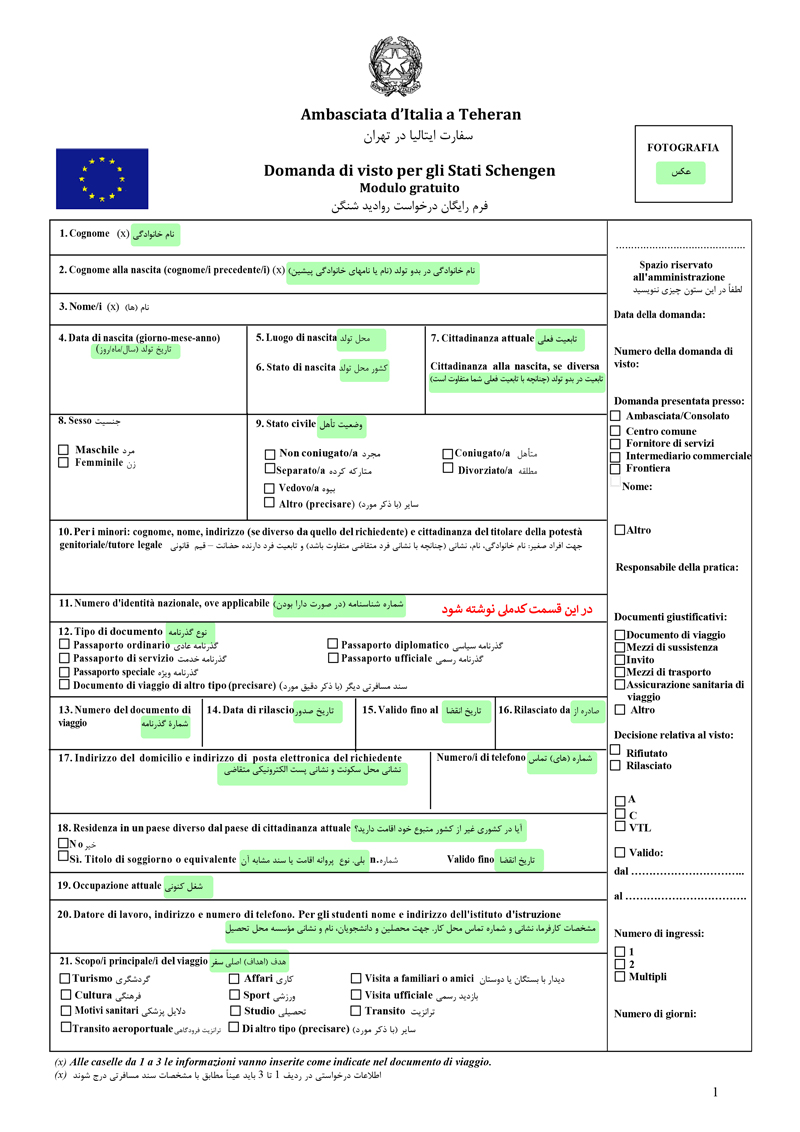US Immigration and Visa Regulations
The European Union has long been known for its accommodating and inclusive immigration policies, providing opportunities for economic growth and cultural exchange. However, the current state of these policies raises several questions, ویزای شینگن توریستی particularly in the context of the Schengen visa, which has become a complex and often controversial and contentious issue.
However, the current state of these policies raises several questions, ویزای شینگن توریستی particularly in the context of the Schengen visa, which has become a complex and often controversial and contentious issue.
One of the primary concerns surrounding European immigration policies involves the concept of visa-free travel under the Schengen Agreement. Established in 1995, the treaty eliminated border controls within the EU border-free zone, a group of 26 EU countries that permit visa-free travel among member states. While intended to promote free movement and unity, the agreement has also created difficulties and challenges, especially with regards to border control.
Recent events, such as the ongoing refugee crisis in Europe, have put immense pressure on existing immigration policies. Many countries have responded by introducing harsher and more severe visa requirements and increasing border security measures and military presence, which raises concerns about the deterioration and weakening of the Schengen Agreement’s visa-free travel guarantees and promises.
The Schengen visa itself has become a focal point of debate , particularly in the context of the EU’s eastern borders and regions. The EU’s external borders have become more insecure and open, with some countries experiencing difficulties and challenges in implementing uniform visa policies. This challenge is compounded by linguistic and cultural differences , as well as varying levels of development among EU member states.
Critics argue that the Schengen visa system is flawed and imperfect as it prioritizes the preferences and priorities of powerful member states over those of smaller and more fragile and weaker countries. Additionally, the requirement and burden for costly and time-consuming visa applications can put a ceiling on legitimate escape routes for prospective migrants , deterring potential migrants and asylum seekers from pursuing formal pathways.
Another pressing issue is the so-called ‘gray area’ or anomaly between the Schengen and Dublin Regulation which establishes the primary responsibility and accountability of the first EU country where an asylum seeker is registered to process their asylum claim . This regulation often leads to a situation where migrants are repeatedly sent back to other EU countries, even if their asylum claim has already been evaluated within the framework of the EU asylum framework .
To address the current ambiguities, it is essential to revise and revise the visa policy and border management strategies across the EU to ensure a more unified and effective approach to immigration and asylum. This would require and necessitate member states to share a more nuanced understanding of the challenges and complexities involved in integrating diverse populations and negotiating new visa arrangements that accommodate and prioritize their varying needs and priorities.
Amidst ongoing debates and complex policy issues surrounding forced displacement and sanctuary , one certainty remains: the Schengen visa is complex and problematic is not a simple policy tool, but rather a symptom and reflection of the varied and complex issues underlying European immigration policies. As such, addressing these complexities will require and necessitate the coordination and cooperation of various stakeholders, a delicate balance between competing interests between economic interests and security concerns and the needs and preferences of prospective migrants.
Ultimately, developing an immigration policy framework that weighs and harmonizes social and economic considerations will crucially depend on fostering trusting relationships between EU member states, staying focused and committed on policy improvements, and effectively incorporating and integrating aspiring migrants with evolving and ever-changing realities of border management and security needs.

